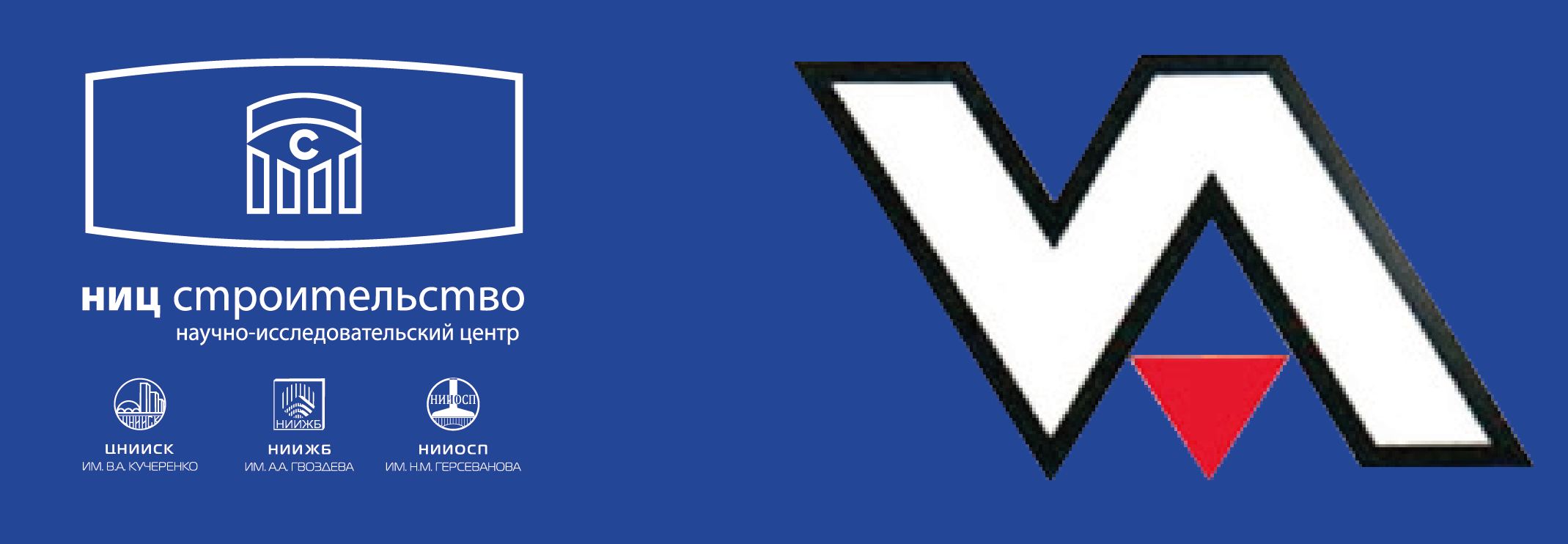Performance properties of modern reinforcing bars
https://doi.org/10.37538/0005-9889-2025-5(630)-21-29
EDN: PENNWD
Abstract
Introduction. In the modern world, where the main emphasis in construction is placed on the safety of human life, in our country we still produce and use steel reinforcing bars that are capable of brittle fracture under negative circumstances due to their high carbon content. In European countries the carbon content is limited to 0.22 % in all non-tensioned rebar at the end of the last century, in our country carbon content up to 0.29 % is allowed. Today’s building regulations allow the use of such high-carbon reinforcing bars even in structures that may be subject to special adverse environmental influences.
Aim. To highlight the problem of the potential brittle fracture of steel reinforcement produced in accordance with existing standards, with the possibility of its use in the construction industry in accordance with Russian codes of practice, including in special operating conditions and in responsible buildings and structures.
Materials and methods. For the experiment, A500C and A400 classes reinforcing bars made of 3Gsp and 25G2S grades steel respectively were used. The properties of the reinforcement and its welded joints were studied using standardised and specialized methods, including tensile, bending and impact tests at temperatures ranging from +20 to -60 °С.
Results. Experimental data characterizing the performance properties of rolled reinforcement bars of different classes were obtained, confirming the possibility of brittle failure of working reinforcement bars manufactured in the Russian Federation and used in accordance with requirements of codes of practice.
Conclusions. The conducted research allows us to see how a reinforcement bars that at first glance are good in terms of plastic properties, can radically change the perception of the quality and safety of its use when evaluating its operational properties.
About the Authors
V. D. TerinRussian Federation
Vyacheslav D. Terin, Cand. Sci. (Engineering), Head of the Center for New Types of Reinforcement, Welding and Reinforcement of Reinforced Concrete, Research Institute of Concrete and Reinforced Concrete named after A.A. Gvozdev, JSC Research Center of Construction; Associate Professor, Department of Reinforced Concrete and Stone Structures, Moscow State University of Civil Engineering (National Research University), Moscow
e-mail: terin@bk.ru
D. E. Klimov
Russian Federation
Dmitry E. Klimov, Senior Researcher of the Center for New Types of Reinforcement, Welding and Reinforcement of Reinforced Concrete, Research Institute of Concret and Reinforced Concrete named after A.A. Gvozdev, JSC Research Center of Construction, Moscow
e-mail: dimochka_k@mail.ru
A. S. Suprunyuk
Russian Federation
Alexander S. Suprunyuk*, Junior Researcher of the Center for New Types of Reinforcement, Welding and Reinforcement of Reinforced Concrete, Research Institute of Concrete and Reinforced Concrete named after A.A. Gvozdev, JSC Research Center of Construction; Postgraduate Student of the Department of Reinforced Concrete and Stone Structures, Moscow State University of Civil Engineering (National Research University), Moscow
e-mail: SuprunyukAS@yandex.ru
References
1. Madatyan S.A. Reinforcement of reinforced concrete structures. Moscow: Voentekhlit Publishing House, 2000, 256 p. (In Russian).
2. European standards. EN 10080 Steel for reinforcement of concrete. – Weldable ribbed reinforcing steel B500 – Technical delivery conditions for bars, coils and welded. CEN. 1995, 43 p.
3. State Standard 34028-2016. Reinforcing rolled products for reinforced concrete constructions. Specifications. Moscow: Standartinform Publ., 2019. (In Russian).
4. State Standard 5781-82. Hot-rolled steel for reinforcement of ferroconcrete structures. Specifications. Moscow: Standartinform Publ., 2006. (In Russian).
5. Odesskiy P.D., Kulik V.D. Steels with high resistance to extreme influences. Moscow: Intermet Engineering, 2008, 239 p. (In Russian).
6. State Standard 9454-78. Metals. Method for testing the impact strength at low, room and high temperature. Moscow: Publishing house of standards, 1994. (In Russian).
7. European standards. EN 10045-1. Metallic materials. Charpy impact test. Part 1: Test method. 1990.
8. SP 14.13330.2018. Seismic building design code. Updated version of SNiP II-7-81*. Moscow: Standartinform Publ., 2018. (In Russian).
9. Mulin N.M. Rod reinforcement of reinforced concrete structures. Moscow: Stroyizdat Publ., 1975, 233 p. (In Russian).
10. Nikolaou J., Papadimitriou G.D. Impact toughness of reinforcing steels produced by (i) the Tempcore process and (ii) microalloying with vanadium. <i>International Journal of Impact Engineering</i>. 2005, vol. 31, no. 8, pp. 1065–1080. DOI: https://doi.org/10.1016/j.ijimpeng.2004.05.005.
Review
For citations:
Terin V.D., Klimov D.E., Suprunyuk A.S. Performance properties of modern reinforcing bars. Concrete and Reinforced Concrete. 2025;630(5):21-29. https://doi.org/10.37538/0005-9889-2025-5(630)-21-29. EDN: PENNWD











